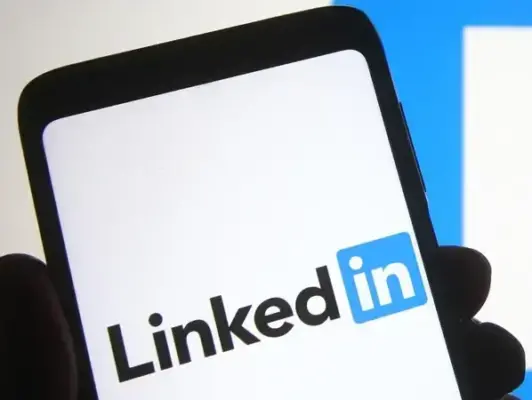
LinkedIn is known as the social network for professionals, and is prime feeding ground for those looking to make connections with others in their industry. It’s widely used as a place to showcase skills and experience, to seek out new business opportunities (or be sought out) and to stay in touch with colleagues and friends.
LinkedIn is essentially a dynamic online CV, with many features that can be used to help further a career. Read on to find out how LinkedIn could benefit your professional identity online.
Profiles
The profile page is like any other found on a social network, but with one difference: it’s focused purely on the professional. To truly get the most out of LinkedIn, it’s important to update your profile as fully as possible, to demonstrate that you’re an active member of the community with the credentials to back up your claims.
The most important information to include on your profile is your current employment, previous employment, education, location and skills. The skills section is particularly useful as it allows your “connections” to endorse your claims, further adding to your credibility. And don’t forget to include a photo of your own beautiful face, and your real name (not your company name) – because people like to connect with other people!
Connections
Connections are what LinkedIn is all about. You can keep in touch with people you know professionally and personally (1st degree connections) and you can get to know relevant people in your industry who know one of your other connections (2nd and 3rd degree connections). You can begin by importing your email contacts and searching for people you know – you’ll find your network naturally expands as you find more people you want to connect with.
Groups
Groups are a space for people to share their knowledge, ask for advice, conduct job searches and connect with others. They range from official societies and associations, to support groups and causes, as well as general industries and specific brands and publications. Groups are an excellent resource for discovering new tricks of the trade.
Companies
Companies can create their own profile pages, used to promote their brand, give an overview of their business, and list their current employees and job opportunities. They’re not to be mistaken with personal profiles, although those with personal profiles can follow companies they’re interested in.
Jobs
One of the most useful tools of LinkedIn is its jobs section. Using an advanced search, it’s possible to hunt for jobs based on keywords, job title, location, salary, company and industry. Job opportunities advertised by companies with profiles on LinkedIn will be featured in search results, as well as on the “careers” tab of their page. Recruiters can also utilise the jobs section to find talent.
Updates
As with any other social network, it’s possible to post updates to your profile, although it’s advisable to stick to professional themed posts that relate to your line of work, in order for them to have any impact. Updating your profile page will show you are an active member of the community, and posting relevant content will help to portray you as an expert in your field.
Applications
Apps are fairly commonplace in today’s world, and LinkedIn is no exception. Apps on LinkedIn mean profiles can be customised more fully and integrated with outside platforms. For example, you can install a WordPress app that allows you to share your published blog posts directly on your profile and in your updates.
If used efficiently and updated regularly, LinkedIn can serve as a powerful way of positioning yourself as an expert, making useful business connections, and boosting your professional credibility.
By: Nelly Berova
